Quick overview
- Strong on value
- Comfortable cabin
- Spacious interior
- Mediocre safety rating
- Dull to drive
- Refinement
Dacia may have increased the price of the cheapest versions of the Sandero compared to the previous generation, but it remains a great value car. Where most city cars cost as much or more than the Sandero, here you get a supermini for the money. It also comes with a decent amount of kit in most models, so it’s a very serious rival to the like of the Citroen C3 or MG3, and also to plenty of used superminis.
There are areas where it’s clear to see how Dacia is able to offer the Sandero for such an attractive price. For instance, some of the interior plastics make no bones about their hard, cheap feel, but at least there is some style to the cabin to help lift it out of being unrelentingly dull. It also comes with clear, logical controls, which cannot be said of every car in this class, and the higher specification Sandero versions have a simple but decent infotainment system included.
What you get plenty of as standard with every Dacia Sandero is interior space. It’s one of the larger superminis in this respect, so it can be put to work as a family’s sole transport. It helps, too, that the Dacia Sandero has a large boot for this class of car, so you can fit in plenty of bags when heading off on holiday.
Power comes from a 90hp 1.0-litre turbo petrol in the base model Essential with a five-speed manual gearbox. Or, in the higher Expression trim you can have this engine with an automatic gearbox or a 100hp bi-fuel version of the same engine that can be run on petrol or LPG liquified petroleum gas. It’s an unusual option nowadays, but it offers better economy and emissions than the less powerful motor.
Infotainment, comfort and practicality
Given the Dacia Sandero is a supermini, there’s no shortage of space in the front for the driver. You get in through a door that opens wide, though it closes with a bit of ding that tells you there’s not as much sound-proofing in there as some of its rivals. When you’re behind the wheel, you find the seat has height adjustment and the back rest is moved by pulling a lever and letting the upper cushion spring back and forth till you let go of the handle. It’s a simple set-up, but it does make it trickier to make small adjustments as you might on a longer drive. The steering wheel moves for height and reach now in all Dacia Sandero’s, so the seating position is very good and has a slightly raised feel compared to many superminis to offer fine all-round vision.
The main dash cluster reflects the no-nonsense approach of the Dacia. You get two big round dials, one for speed and the other for revs, with a small display in between for the onboard computer to show average speed, fuel economy, and distance covered. There are steering wheel buttons to operate this and the standard cruise control, which comes with a speed limiter.
In the middle of the dash, there’s a blank piece of trim on the lower Essential model which, in the upper Expression version, is used for the 8.0-inch infotainment screen. It’s not the most advanced system, but it can be paired with your phone via Apple CarPlay or Android Auto to access apps for things music and sat-nav. As a result, it’s a doddle to use. Below this are the controls for the heating and ventilation, which come with good old round dials, and there’s a storage tray beneath this. There are also reasonably large door pockets and a cubby between the front seats.
Take a seat in the rear of the Sandero and, once again, it belies its supermini class with the amount of space it offers. The bench is well shaped for adults, who will find plenty of room for their feet, knees, shoulders and heads. Even with three sat back here, it doesn’t feel crowded and children will have no trouble fitting in alongside each other. There’s a trio of triple point seat belts, and the centre one is mounted to the seat back rather than being reached down from the roof as in some rivals to the Sandero.
Pop open the tailgate and the boot reveals itself with 328-litres of cargo room. You can extend this all the way up to a sizeable for the class 1108-litres by folding down the 60-40 split and tip rear seat. This is a simple procedure, but it does leave a small step in the boot floor and there are none of the clever tricks in here that you get with a Honda Jazz.
2021 Dacia Sandero engines: how does it drive?
Dacia has wisely not bothered with the wheezy base engine that was part of the previous generation’s line-up. While it might have given the Sandero that temptingly low entry price, it was not a good car to drive. With this latest Sandero, the engine range kicks off with the perky 90hp 1.0-litre TCe turbo petrol engine. In the Essential trim, it comes with a perfectly adequate five-speed manual gearbox with light shift action and an equally easy to operate clutch pedal. Even stuck in traffic, your left leg won’t feel like it’s getting a circuit training workout.
On the go, the TCe engine pulls the Dacia Sandero along with enough eagerness to feel brisk enough for town use. It deals with 0-62mph in 11.7 seconds, so it’s on a par with most of the Dacia’s obvious rivals with similar capacity engines and power outputs. It’s not the most refined engine in the class when worked hard to get the Sandero up to speed, but it settles to an acceptable hum on the motorway. You also get cruise control as standard, so longer trips need not be tiring.
If you want this engine in the higher Expression trim, you will have to take it attached to a CVT (continuously variable transmission) automatic gearbox. This would not be our choice as this type of gearbox makes the engine rev quite hard whenever you press on the accelerator, causing excessive noise without much in the way of forward motion. However, if you must drive with an auto ’box, the Dacia’s is no worse than that found in a Nissan Micra.
The other engine choice for the Dacia Sandero is the 1.0 TCe 100hp motor with its bi-fuel set-up. This means you can drive the car on petrol or LPG liquid gas, or Autogas as it’s often called in other European countries. It’s something of an unusual choice nowadays, but it does mean the Dacia can cover more miles for less money and it produces fewer carbon dioxide emissions than the 90hp motor when running on LPG.
The Essential model runs on 15-inch steel wheels, while the Expression has alloy wheels of the same size. It makes no difference to the ride comfort of the Sandero, which is better than many others in this sector. While the Dacia is not as composed as a Volkswagen Polo over bumps, it deals with them efficiently and has a settled ride at all speeds. On twistier roads, there’s a noticeable degree of body lean in corners and the Sandero is not nearly as much fun to drive as a Ford Fiesta. Still, the brakes are strong and progressive, the gear shift light, and the steering connects the driver to the car without being vague or over-sensitive. At higher speeds, the Dacia keeps wind noise at bay, but there is some road rumble to be heard on all but the smoothest stretches of tarmac.
Value for money: how much does a 2021 Dacia Sandero cost to buy and run?
Dacia has pared back the Sandero line-up to offer customers three options. You can have the Essential model with the 90hp 1.0 TCe engine and five-speed manual gearbox from £12,595. The rest of the range comes in Expression trim and starts with the TCe 90 fitted with the manual gearbox that costs from £13,595. To have this engine with the CVT (continuously variable transmission) automatic gearbox will cost £15,095. In between these two price points is the 100hp TCe Bi-Fuel model that comes in at £14,095. Looking at deals on the Sandero, you should be able to save around £300 on any new model by shopping around. A nearly new example with less than 5000 miles on the clock could be yours from £10,500.
The Essential trim lives up to its name by including all that you need and not a lot more. As a result, you get 15-inch steel wheels with plastic trims, cloth upholstery, and six airbags. There’s also automatic emergency braking and cruise control with speed limiter. Luxury is covered off by air conditioning, electric front windows, and a DAB stereo with a mere two speakers. Turn your attention to the Expression trim and you get alloy wheels in place of steel items, rear parking sensors and a reversing camera, and automatic windscreen wipers. There’s also keyless entry, electrically operated door mirrors, and an 8.0-inch infotainment screen that can be paired to your phone with Apple CarPlay or Android Auto.
Running costs for the 1.0-litre TCe 90 engine are similar to many other superminis thanks to its 53.3mpg combined fuel economy and 119g/km carbon dioxide emissions. These figures are for the car with the five-speed manual gearbox, but if you opt for the automatic transmission you’ll see 49.6mpg and 129g/km. The more powerful 100hp engine gives 52.3mpg and 123g/km when running on petrol, or 42.2mpg and 109g/km on LPG. You have to bear in mind LPG costs about half as much as petrol per litre, so you can still drive further on LPG for the same amount spent on filling the tank.
Verdict: Should I buy a 2021 Dacia Sandero?
The Dacia Sandero is a small, low-cost car you can choose without the word ‘but’’ looming in your thoughts. This is because it drives perfectly well, has affordable running costs, and it comes with a roomy cabin and just enough kit in the base model to get by. The higher trim level is the one to aim for if you’re not on a very tight budget, and we’d stick with the manual gearbox unless you absolutely need an automatic transmission.
Are there any ‘buts’ with the Dacia Sandero? No, there aren’t if you can live with the so-so safety score in Euro NCAP tests. It’s not the last word in handling agility or precision in the way a Ford Fiesta is, and nor is the Sandero quite as hushed or solidly made as a Volkswagen Polo. Yet it’s still more than good enough to be worthy of consideration for all those looking at a supermini.
What could I buy instead of a 2021 Dacia Sandero?
Citroen C3
.jpg?rmode=max&width=500)
For those who are determined to stand out from the crowd, Citroen has been a natural choice of car for decades, and the current C3 is one of its best. The funky looks are only the start of it as the C3 also offers a very cushy ride that makes it ideal for dealing with battered city streets. It also comes with superbly comfortable seats for those in the front, but rear seat passengers will find the Citroen comes up short on the amount of space it has to offer. The C3 is also only average at best when it comes to how it drives, and the entry level model is somewhat basic with its equipment.
MG3
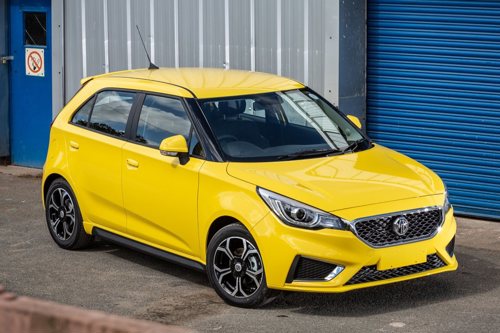
The MG3 may be firmly rooted in the affordable end of the supermini market, but it doesn’t show it in the way it looks or is put together. While many will underrate the MG, it pays to have a closer look as it comes with a long warranty as standard, plenty of equipment in each trim level, and a reasonably engaging drive. The 1.5-litre petrol engine has decent pep, but it’s unrefined. The same can be said of the ride quality, and the MG also trails the class best by some margin when it comes to safety equipment and its performance in Euro NCAP crash tests.
Kia Rio
.jpg?rmode=max&width=500)
Good value and affordable prices are watchwords that perfectly describe the Kia Rio. It comes with a seven-year warranty as standard, which gives a lot of peace of mind, while the engine range delivers wallet-friendly fuel economy and overall running costs. The Rio is more enjoyable to drive on country lanes than the Dacia Sandero, and the cabin is made to a higher standard for quality and overall design flair. However, the Rio doesn’t have quite as much interior room and you need to move up the trim levels to enjoy a good level of equipment.
.jpg?rmode=max&width=500)


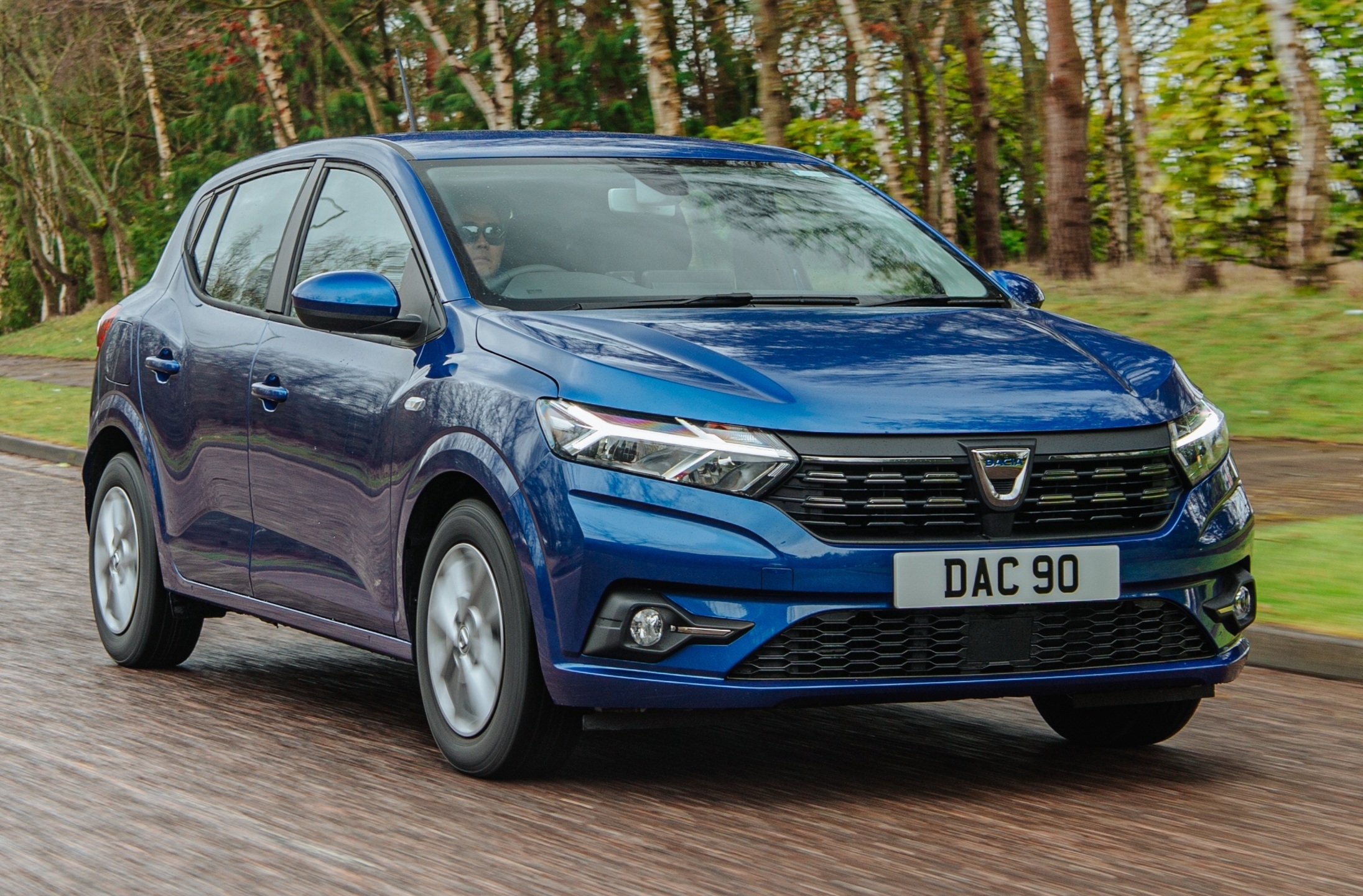
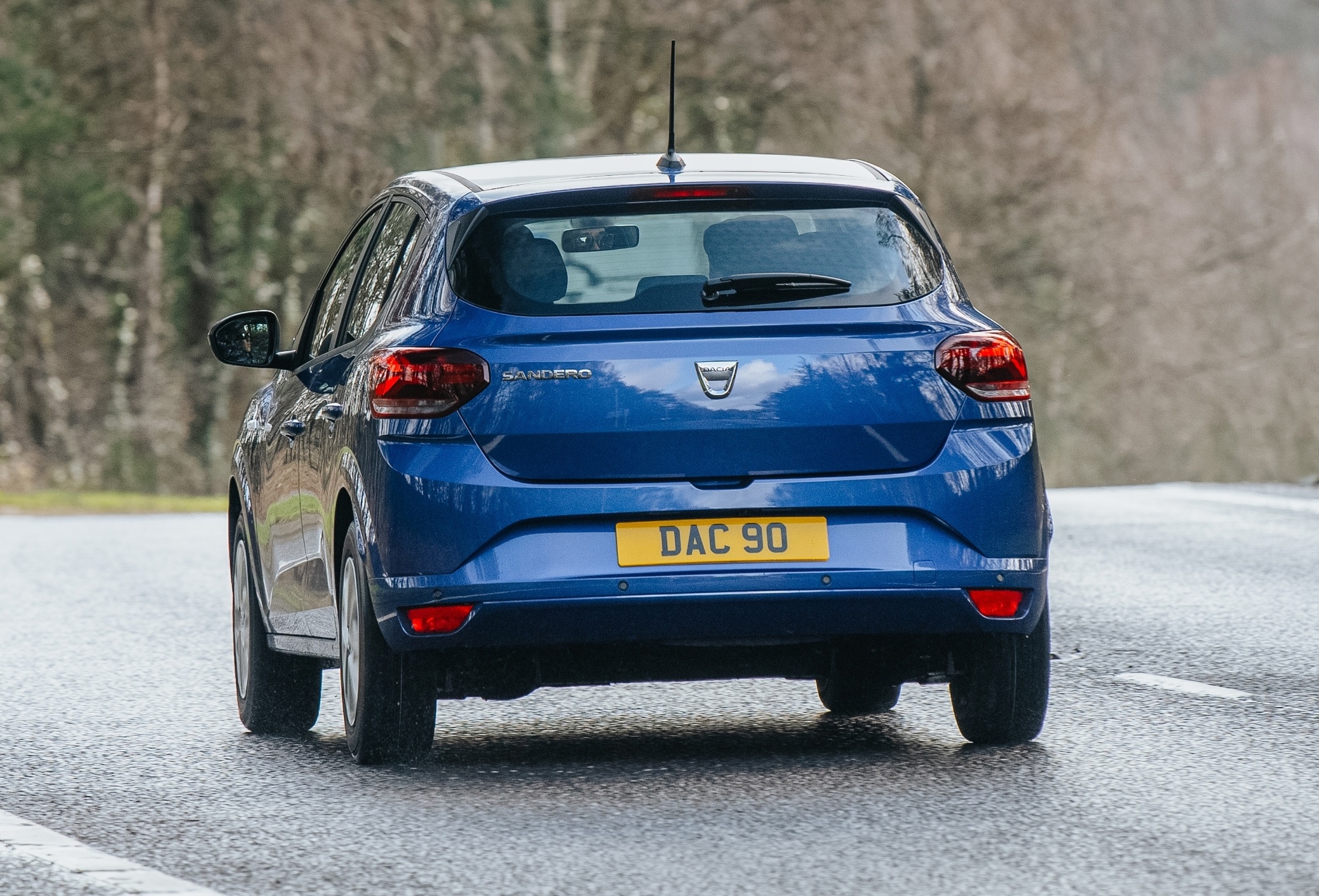
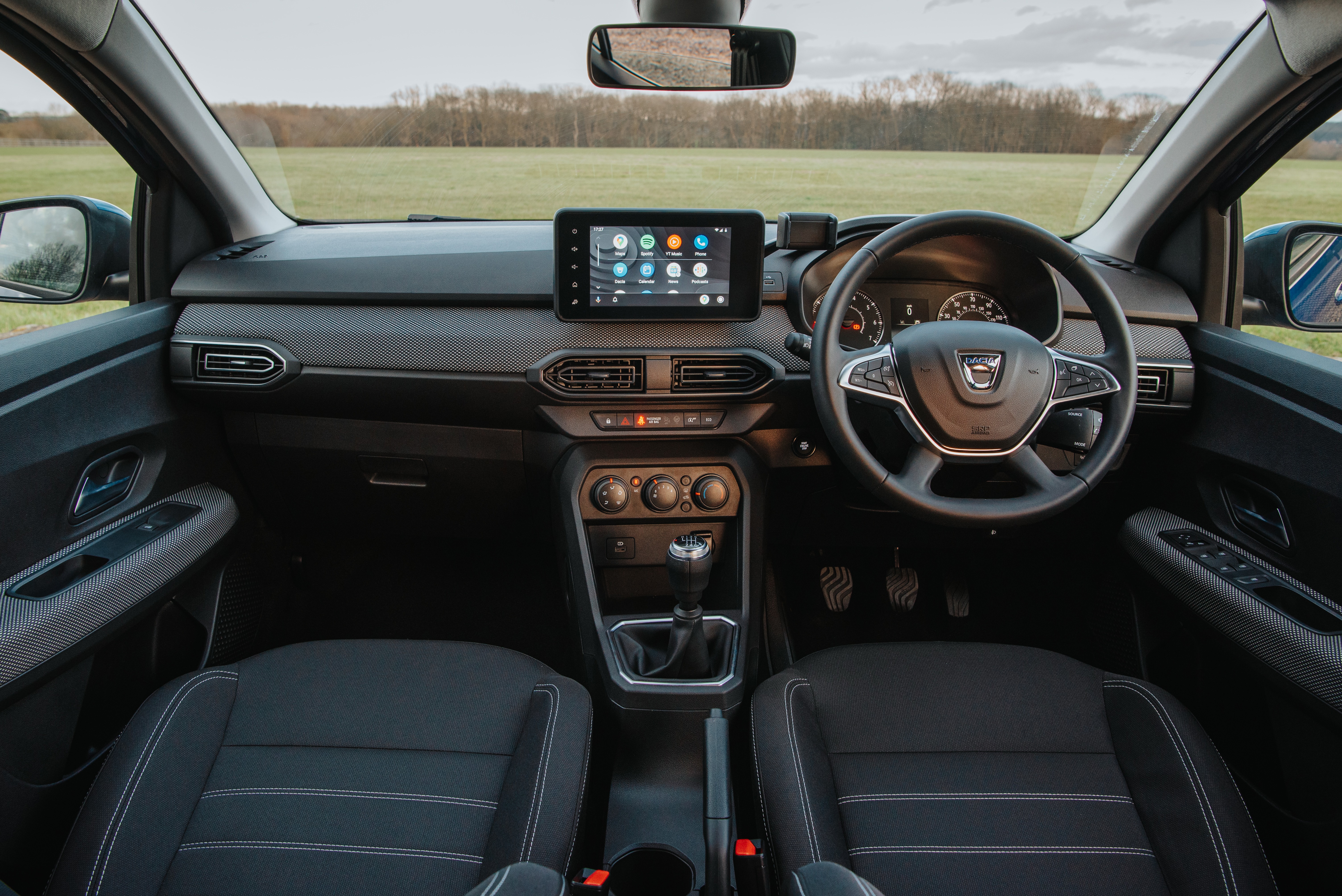
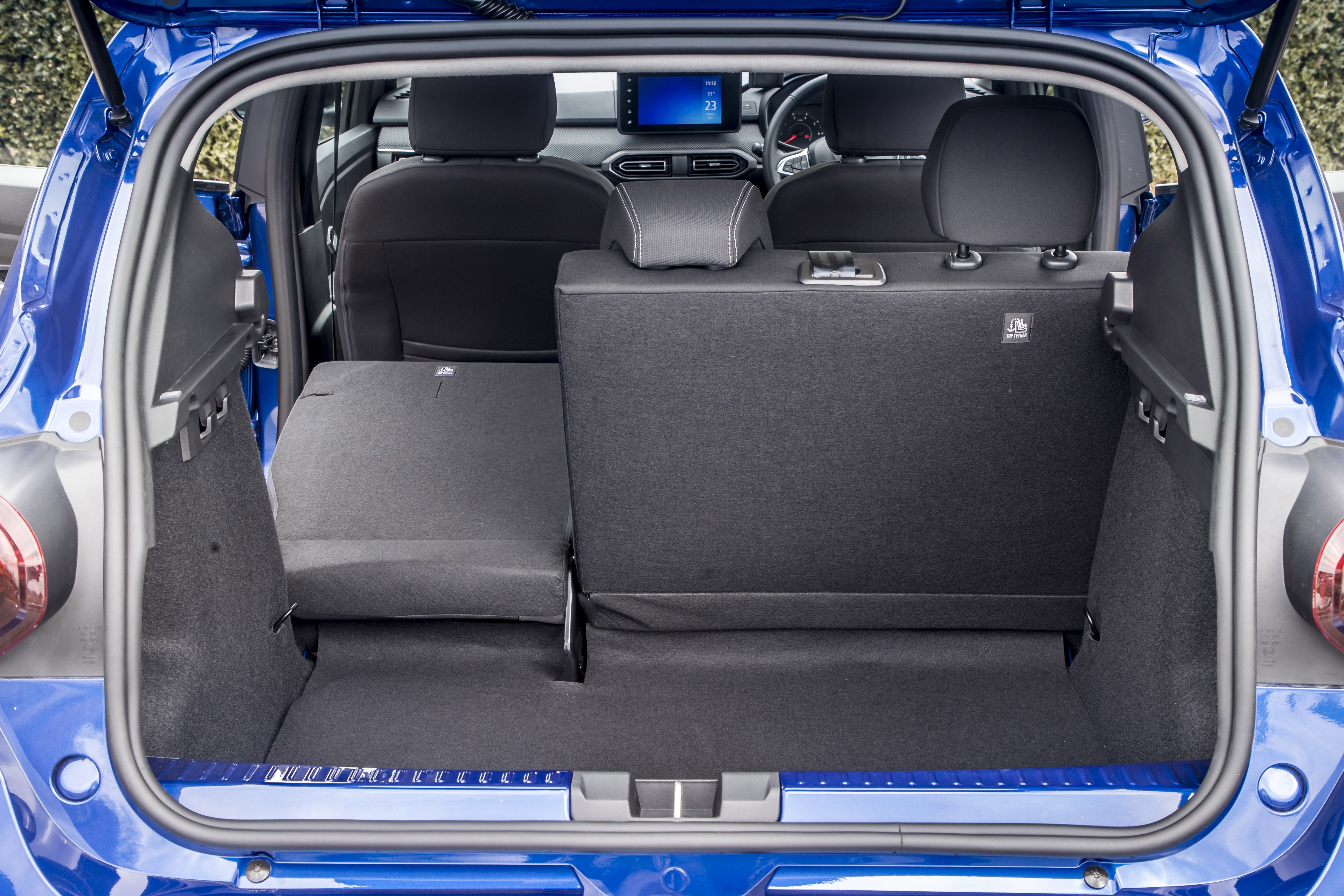
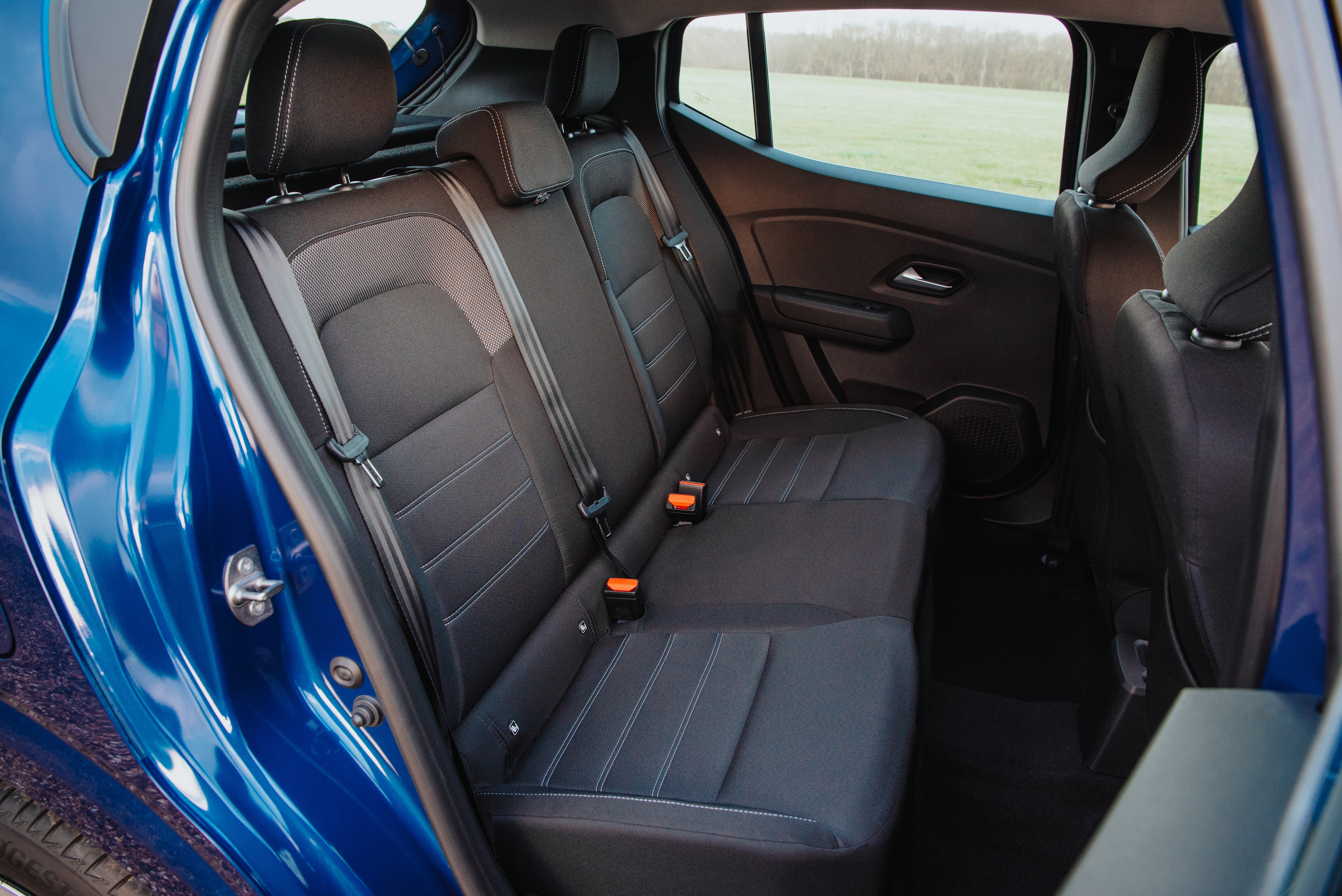
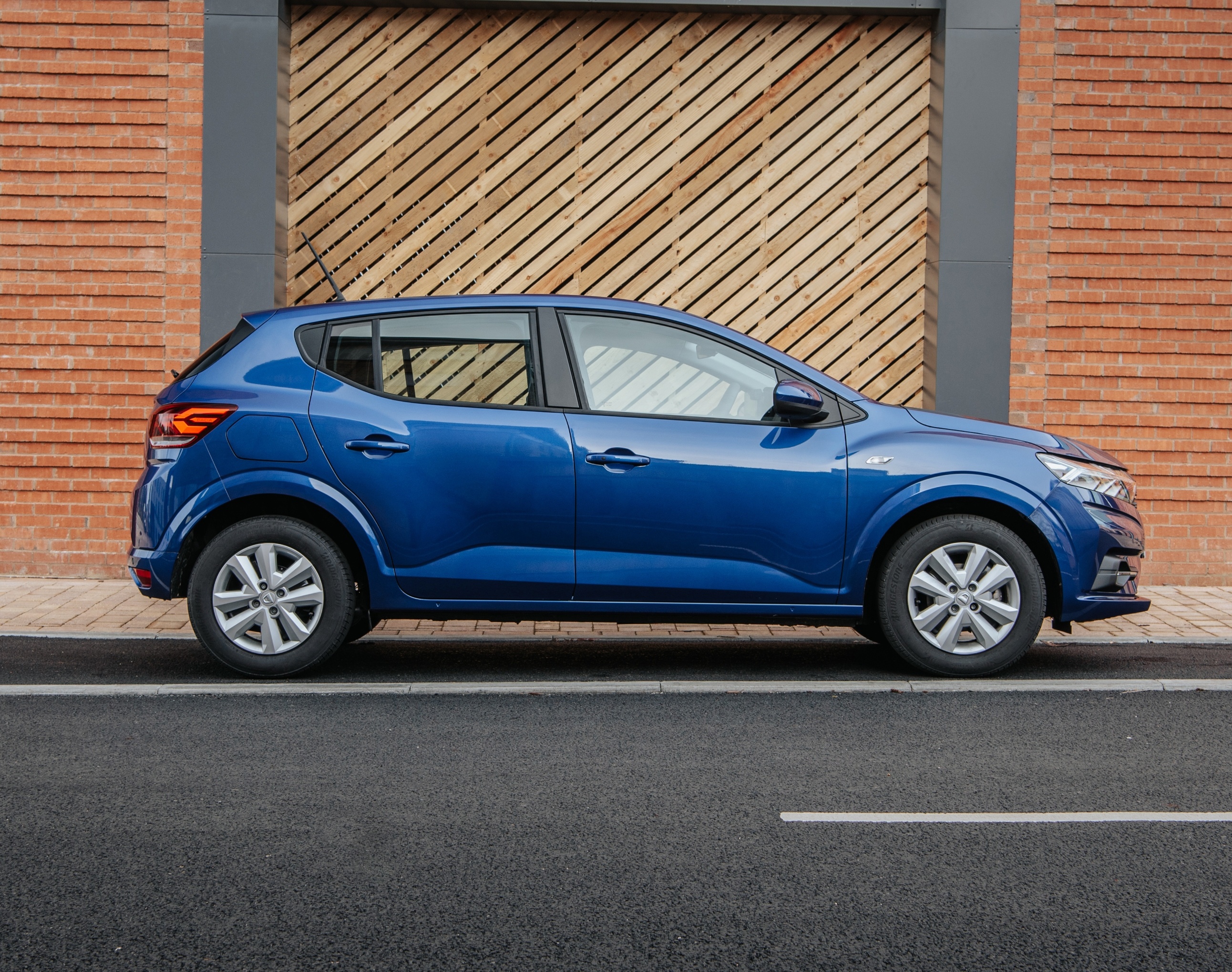
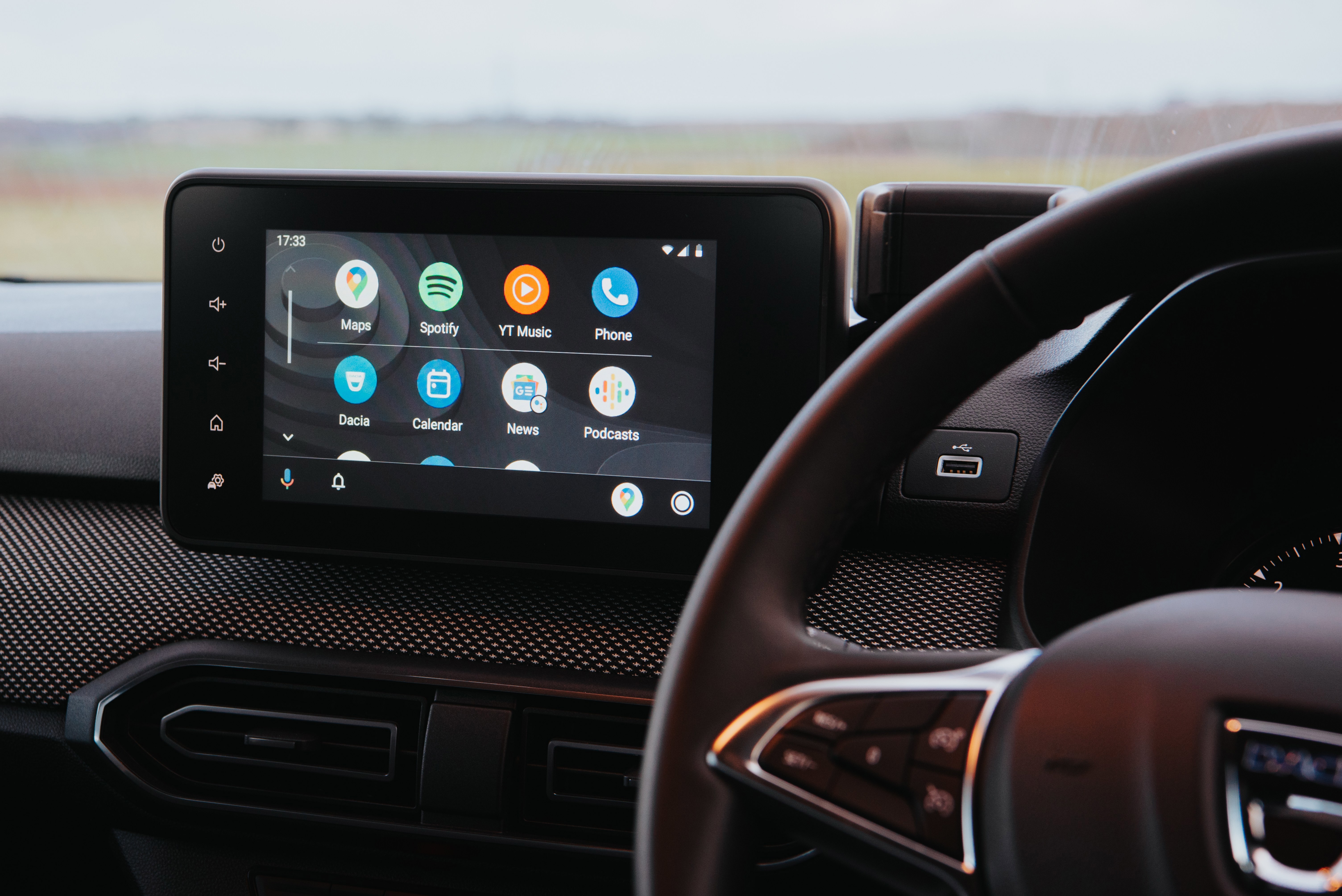

.jpg?rmode=max&width=500)